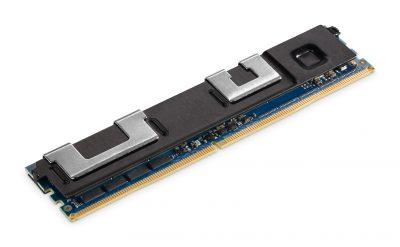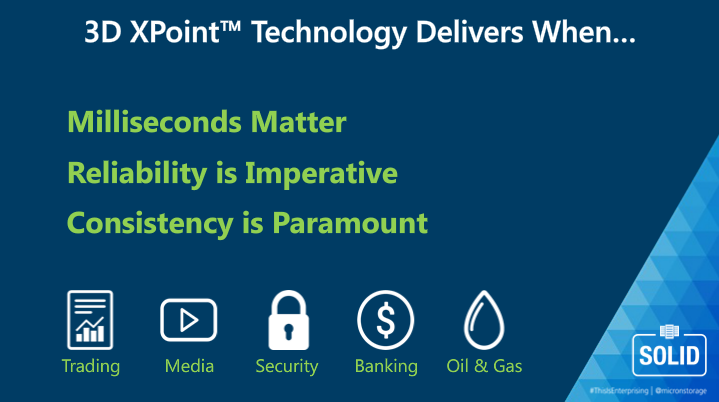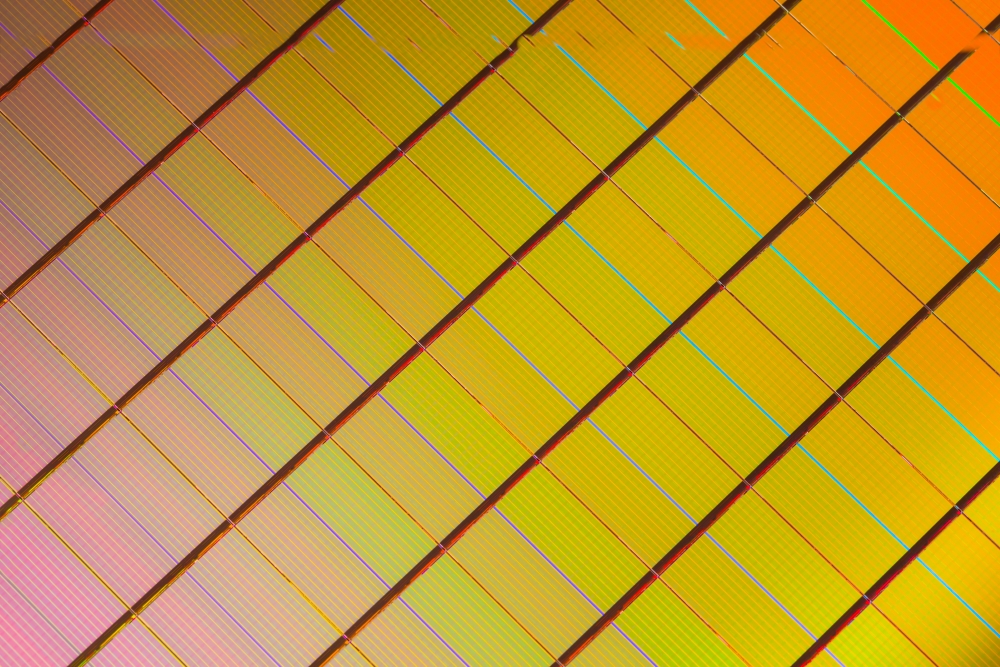In just two quarters we expect the Intel Optane DC Persistent Memory to start shipping in quantity alongside Intel Cascade Lake. The new form factor should allow up to 3TB of Intel Optane per CPU socket. Intel and Micron jointly developed 3D XPoint. As part of the agreement, Intel-Micron Flash Technologies (IMFT), the two companies’ joint venture would produce 3D XPoint. Intel was the first to publicly market the new non-volatile memory class under Optane. Micron announced QuantX which is their 3D XPoint product, but it has not been marketed publicly. With the new release, there is a good chance this is rapidly changing.

Excerpt from the Press Release
Here is the important excerpt from the press release that we are going to focus on:
The companies have agreed to complete joint development for the second generation of 3D XPoint technology, which is expected to occur in the first half of 2019. Technology development beyond the second generation of 3D XPoint technology will be pursued independently by the two companies in order to optimize the technology for their respective product and business needs.
The two companies will continue to manufacture memory based on 3D XPoint technology at the Intel-Micron Flash Technologies (IMFT) facility in Lehi, Utah.
(Source: Intel)
Instead of jointly developing a third generation together, it seems as though Intel and Micron will independently develop their respective next-generation products.
Why it is a Big Deal for AMD, IBM, Marvell, and Others
Right now, Intel has the ability to market 3D XPoint while Micron is sitting in the wings. Companies like AMD with EPYC’s next-generation “Rome” will want to have persistent memory. One may notice that NVDIMM support has been lacking in the latest AMD EPYC “Naples” platforms. We fully expect Rome to support persistent memory. One strong possibility for support is Micron QuantX.

For other players, this Micron QuantX will be an alternative source versus Intel’s Optane which is important since vendors want to have multi-source components. Other players like IBM and Marvell (for its Cavium ThunderX2 sourced products) are certainly getting asked what they have for persistent memory support. Moving away from the JV development of 3D XPoint will allow Micron to service the “non-Intel’s” of the world more effectively.
Final Words
A bigger question is the roadmap. Will Intel and Micron continue with 3D XPoint into the third generation? If the decision to stop joint development means that one of the companies, or both, will stop developing the product, then that is an issue. We know that Optane shipments are below expectations. That makes perfect sense since Intel pulled Optane Persistent Memory support fairly late in the Skylake-SP cycle. Without OPM support in Skylake-SP, there are cases where Intel Optane is spectacular. At the same time, limited capacities and the PCIe bus certainly hurt Optane’s performance and limit its addressable market. With the new development announcement, we hope Micron aggressively courts customers with new solutions.




i hope Micron continues development and beats intels 3rd gen
All of that, of course, if Optane Persistent Memory ends up being a successful product. Right now that is far from clear.
We all know that OPM is no RAM replacement. Placing it on the memory bus may help reduce latency a bit but at the same time requires lots of architecture changes to the systems planning to use it efficiently. Or else it is going to be used as a fast SWAP area.
I think the most important question is why is Micron not exploring this product? Specially considering that Intel is not buying Micron’s share of the 3D Xpoint factory output. Is intel selling it at a loss? Is demand low?